Parker Solar Probe Executes 24th Perihelion Near the Sun
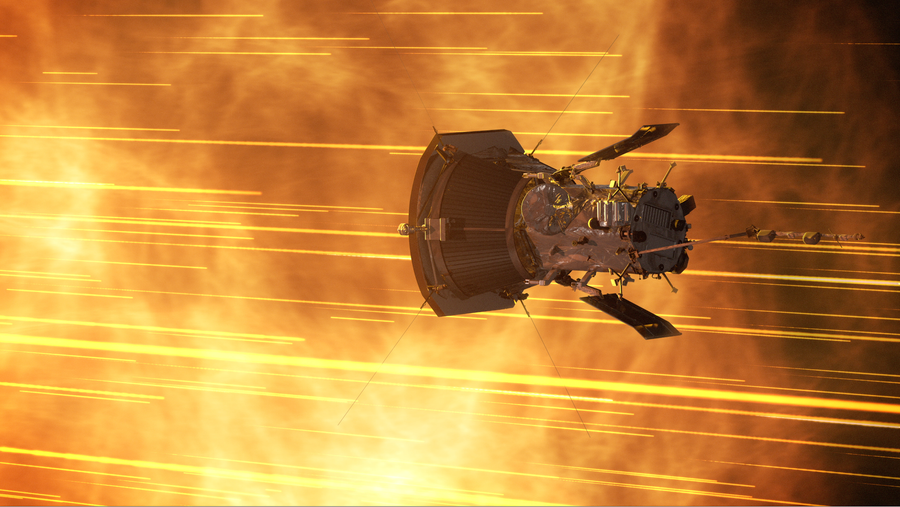
NASA’s Parker Solar Probe 24th flyby recently marked another milestone. On Thursday, June 19, the spacecraft reached 3.8 million miles (6.2 million kilometers) from the Sun’s surface, matching its record for closest approach. This flyby concluded the original mission timeline. However, Parker will continue orbiting the Sun and collecting valuable data until NASA reviews the mission for next steps in 2026.
Spacecraft Check-In After the Parker Solar Probe 24th Flyby
On Sunday, June 22, the spacecraft checked in with mission control at the Johns Hopkins Applied Physics Laboratory (APL) in Maryland, where it was designed and built. Parker reported that all systems were healthy and functioning normally. During this close approach, the spacecraft operated autonomously and was out of contact with Earth.
Record Speed and Heat Protection During the Parker Solar Probe 24th Flyby
During the flyby, Parker matched its fastest speed ever recorded — about 430,000 miles per hour (687,000 kilometers per hour). It also tied its previous closest approach distance to the Sun, achieved during flybys on December 24, 2024, and March 22, 2025.
To survive the extreme conditions, the spacecraft relied on its carbon-foam heat shield, called the Thermal Protection System. At closest approach, the shield likely faced temperatures between 1,600 and 1,700 degrees Fahrenheit (870 to 930 degrees Celsius), protecting the instruments onboard.
Gathering Data Inside the Sun’s Corona
From June 14 to June 24, Parker Solar Probe entered a solar encounter phase. During this period, all four of its science instruments actively collected data from inside the Sun’s outer atmosphere, known as the corona.
Because the Sun is now in a more active phase of its 11-year cycle, Parker is observing high-energy events up close. This data includes measurements of solar wind and solar activity, which scientists cannot capture from Earth.
Why Parker’s Observations Matter
Solar events like flares and coronal mass ejections can disrupt life on Earth. They pose risks to satellites, astronauts, airplanes, and even power grids. By studying these events directly, Parker helps scientists improve space weather forecasts.
Better forecasting is especially important for future missions to the Moon and Mars. Knowing when dangerous solar activity might occur can help protect astronauts and equipment.
Looking Ahead
“Parker Solar Probe remains in excellent health, with both the spacecraft and its instruments ready to continue their groundbreaking mission,” said Arik Posner, program scientist at NASA Headquarters in Washington. “As the Sun begins the declining phase of its solar cycle, Parker will keep studying how solar activity changes and affects the heliosphere during this important transition.”
Mission Background
NASA developed the Parker Solar Probe as part of its Living With a Star program. This initiative focuses on understanding how the Sun affects life and technology on Earth. The Goddard Space Flight Center in Greenbelt, Maryland, manages the program for NASA’s Science Mission Directorate. APL manages the mission and handles spacecraft design, construction, and operations.


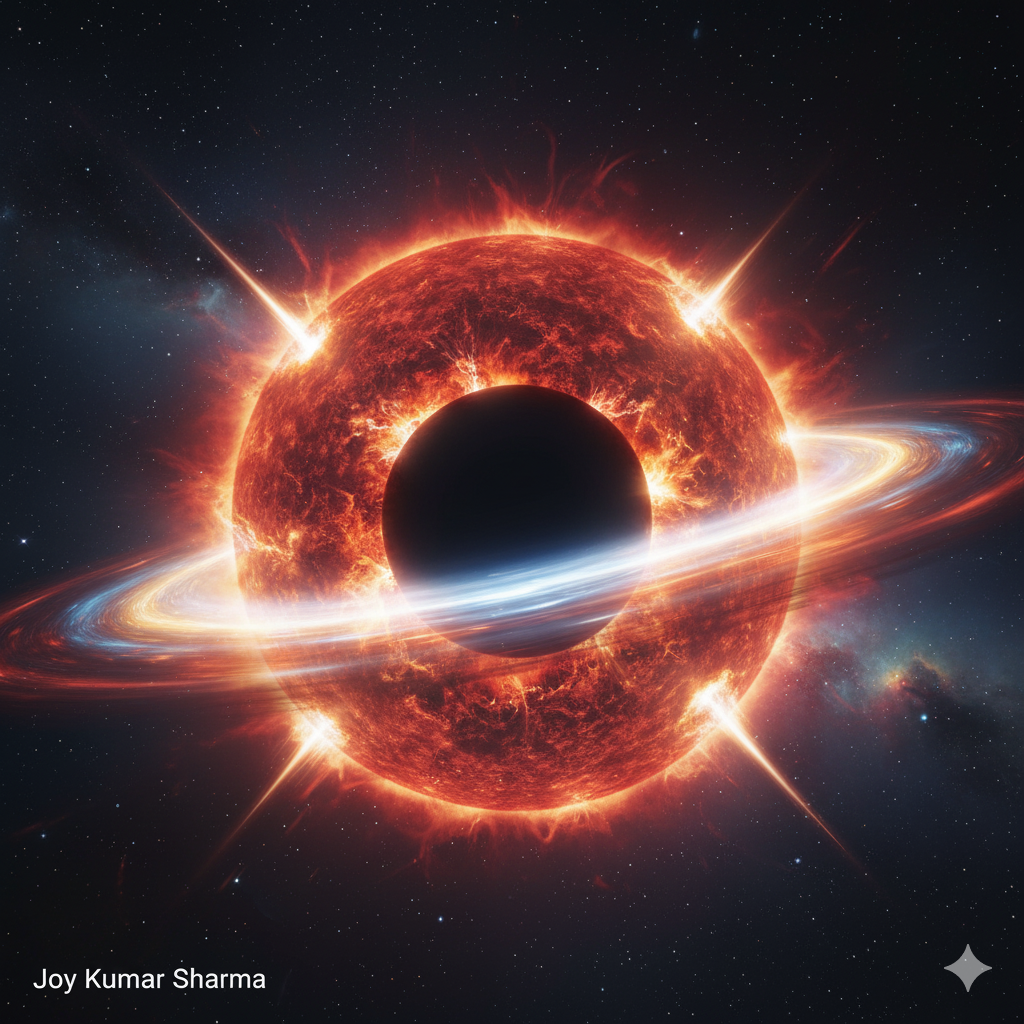


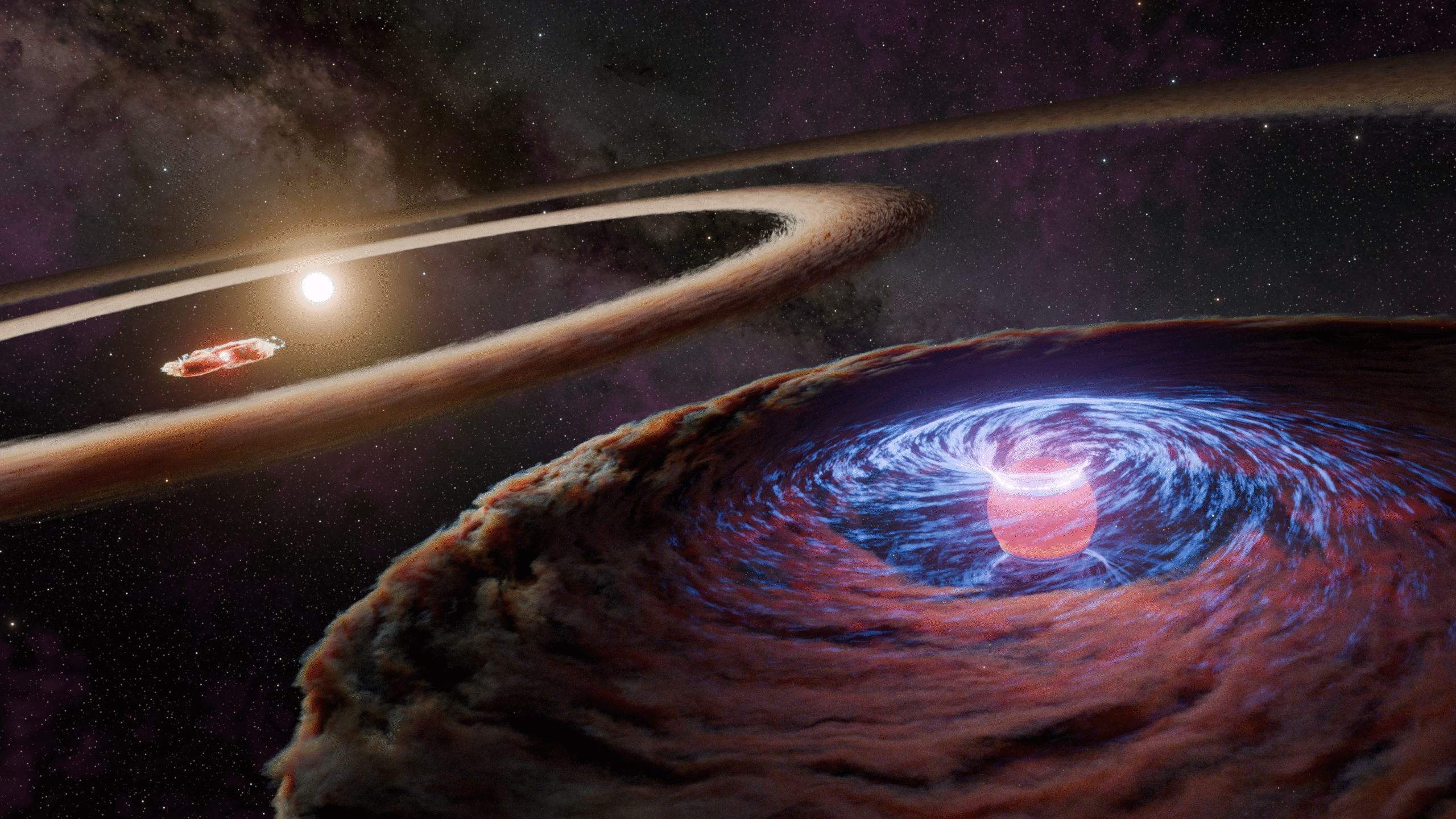
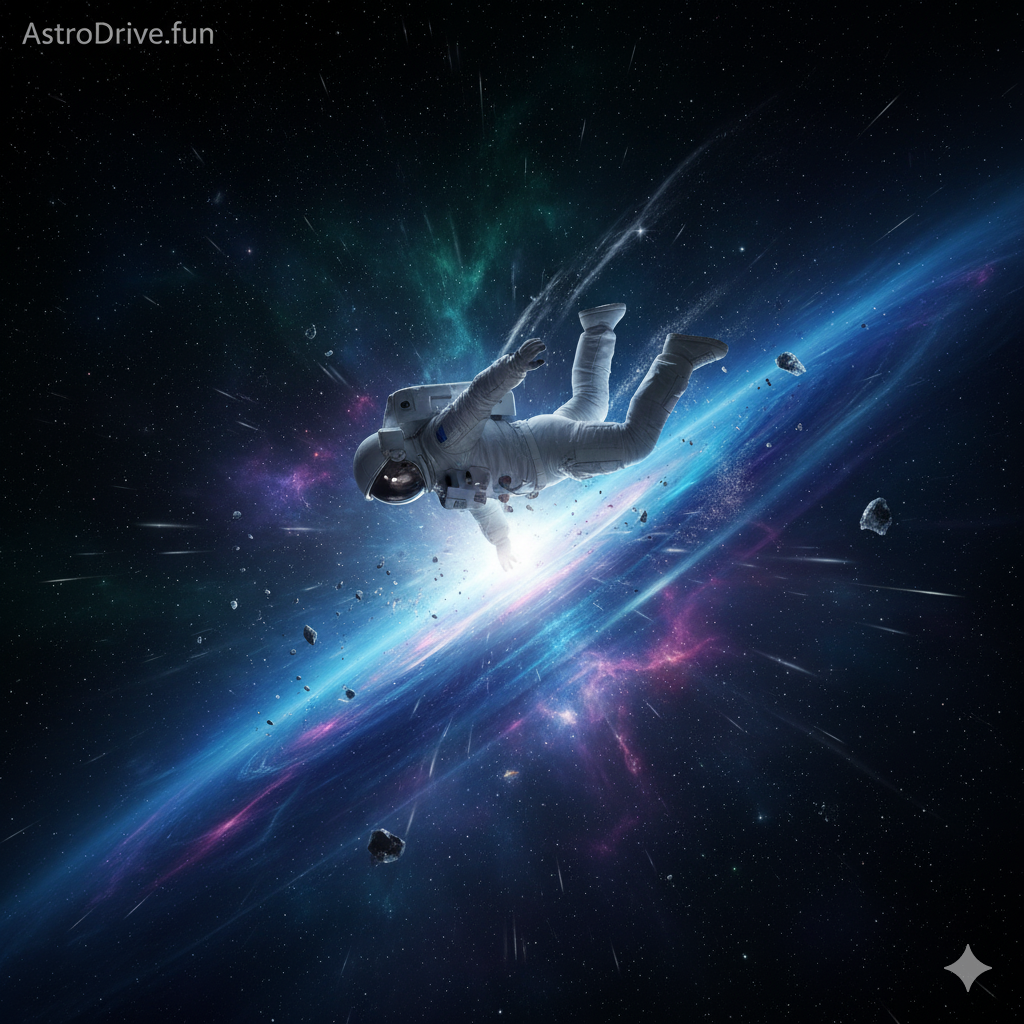
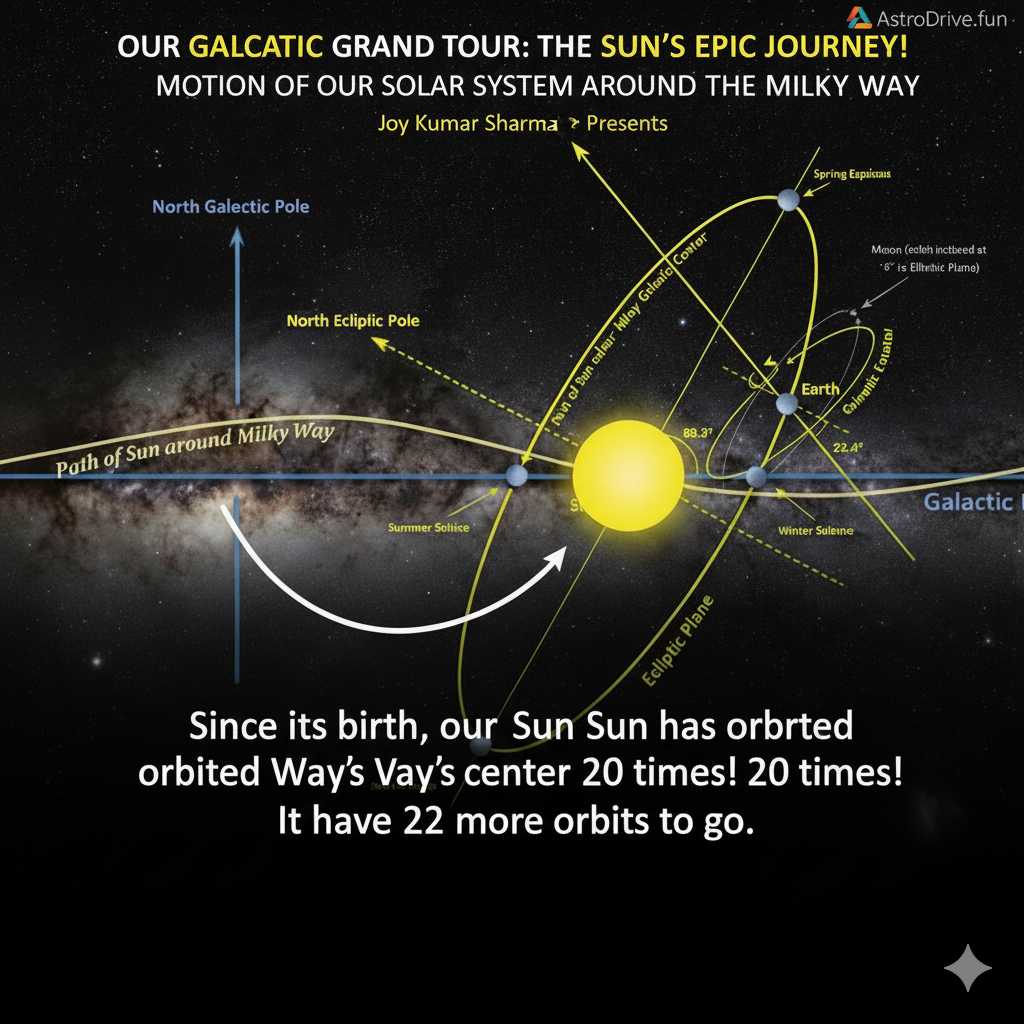
That’s informative